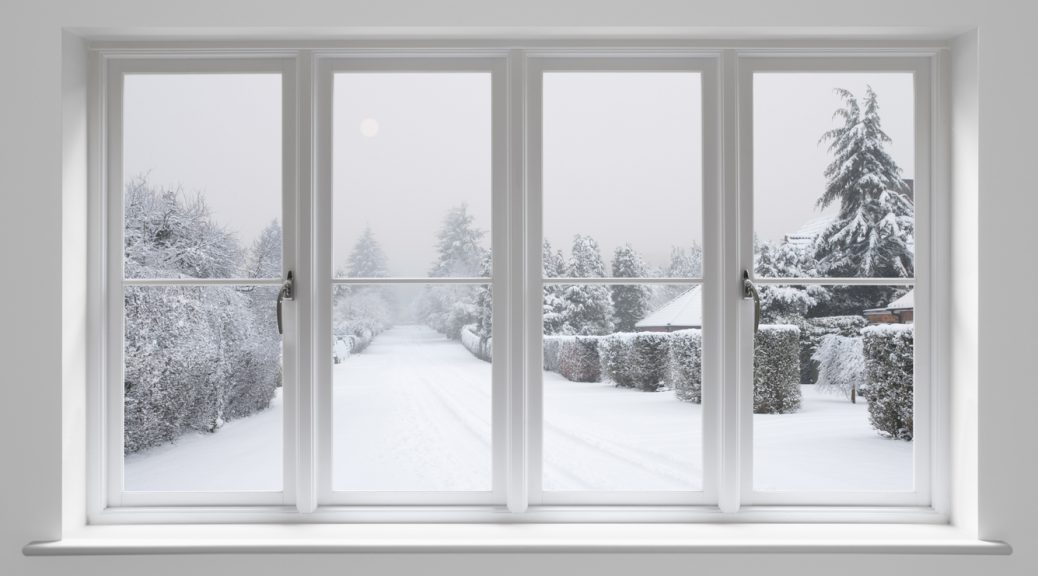One of your windows is in poor condition. For whatever reason, you couldn’t replace it before the winter season’s arrival. Here are a few guidelines to help you prevent damage or a hike in heating costs.
- Weatherstripping is the key element in heat loss prevention. Make sure it is in mint condition.
- Clean every part of the window with a brush or a vacuum cleaner. It can actually make a small difference.
- If the caulk breaks when touched with a screwdriver or any other tool for that matter, it needs to be replaced.
- Window films can reduce heat loss up to 50%. It is applied to the inside of the window on the surface of the glass and can be installed by anyone.
- Adhesive foam tape isn’t the most durable, but it will last through a winter season.
- You can buy draft stoppers that attach to the outside of the window on milder days.

- Take the time to secure the screws that are loose.
- Clean the window’s metal frame with an aerosol spray can.
- Too many coats of paint can prevent a window from closing properly. Unless the problem is excessive moisture, which can make the wood expand. In this case, you’ll need to plane and buff it.
- Is the paint chipping on the outer edge of the window? Maybe the wood is rotting? If a screwdriver sinks into the wood, this means it’s rotting over a large surface. You’ll need to change the entire area. If not, you’ll need to strip off the paint, scrape off the damaged area to the point of resistance, fill out the area with dry paste, smooth it out and sand it once making sure that everything is dry before painting.
- There are several caulk-grades on the market. Get informed.
- Avoid high humidity inside your home. Reduce bath and shower times or reduce the water temperature. If not, make certain the ventilation system in the bathroom is in good condition.
- Make sure you allow as much sunlight as possible into the home to compensate for the heat loss.
Pictures: iStock.com


